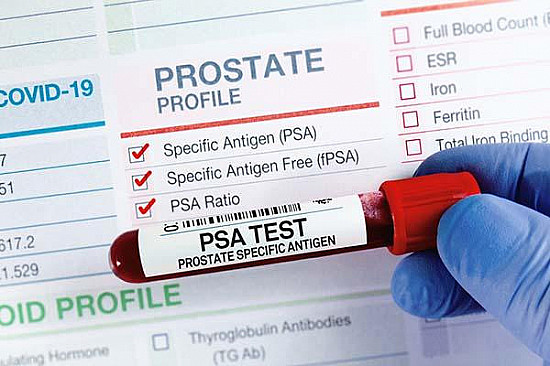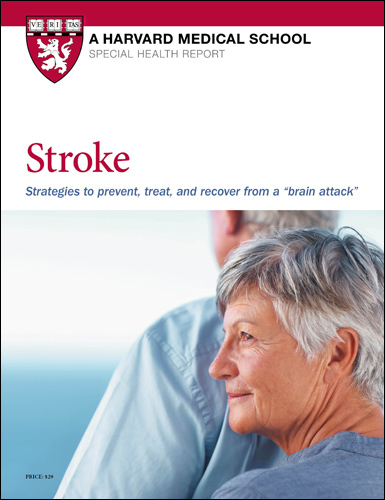A new way to detect dangerous blood clots
Research we're watching
Currently, detecting clots in someone's heart often requires sedating the person, sliding a tube down his or her throat, and doing a transesophageal ultrasound. But a substance that binds to blood clots may one day offer a less invasive strategy for finding dangerous clots. Known as a molecularly targeted agent, the substance is injected into a vein and then finds and binds to fibrin, a component of blood clots. The clots can then be detected with a PET scan.
Harvard researchers tested the safety of the substance, called 64Cu-FBP8, in eight healthy volunteers. Next, they gave the agent to people with atrial fibrillation (who are prone to developing dangerous clots), some of whom had known blood clots in their hearts. PET scans revealed bright signals within the clots.
Although the results are still preliminary, researchers plan additional studies and say the technique has potential to find clots not just in the heart but throughout the body. The study was published online Oct. 13, 2021, by JACC: Cardiovascular Imaging.
Image: Drazen Zigic/Getty Images
About the Author

Heidi Godman, Executive Editor, Harvard Health Letter
Disclaimer:
As a service to our readers, Harvard Health Publishing provides access to our library of archived content. Please note the date of last review or update on all articles.
No content on this site, regardless of date, should ever be used as a substitute for direct medical advice from your doctor or other qualified clinician.

















